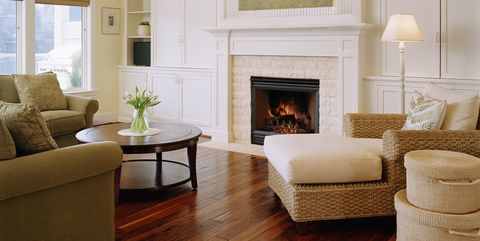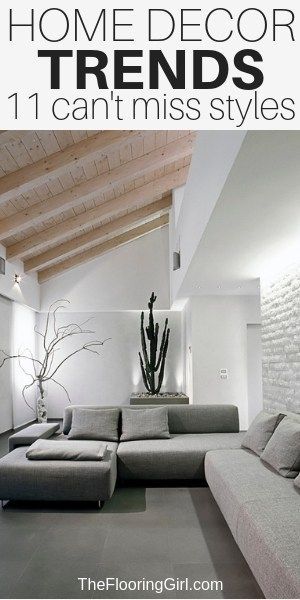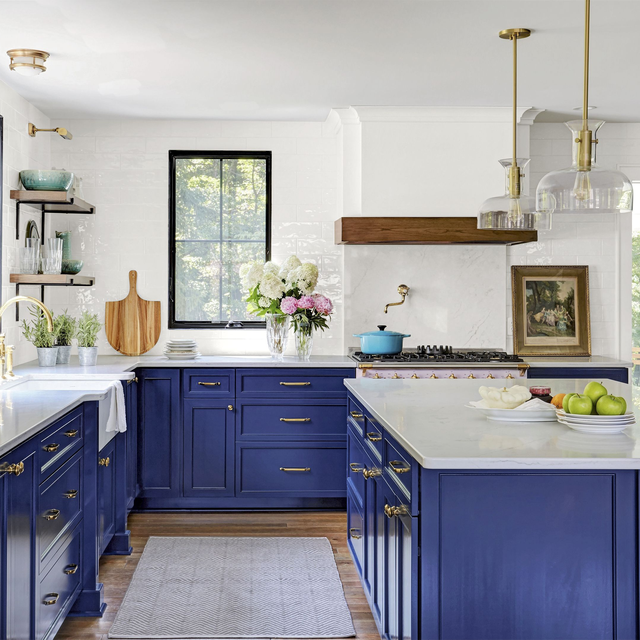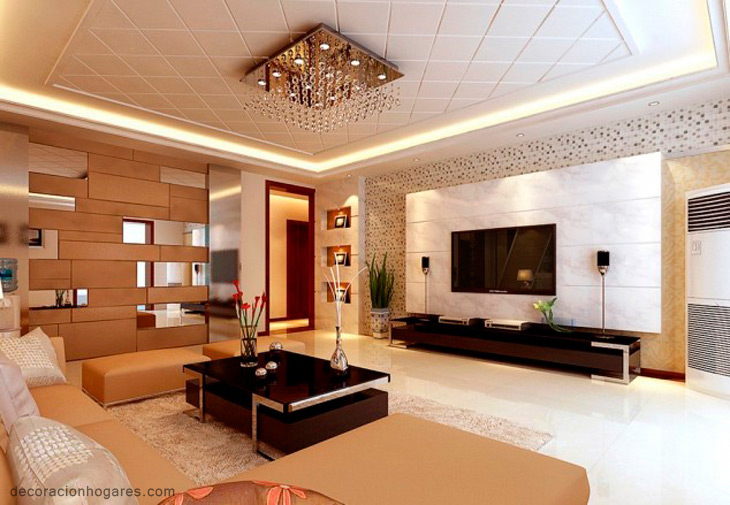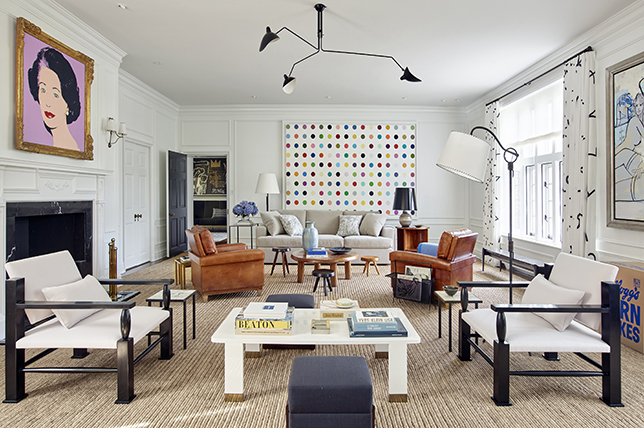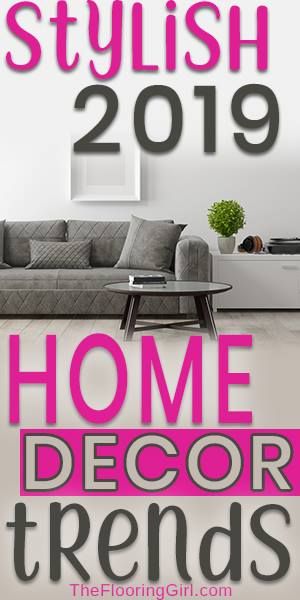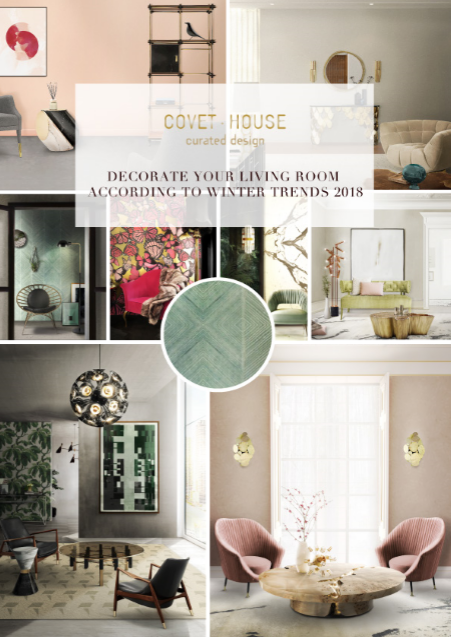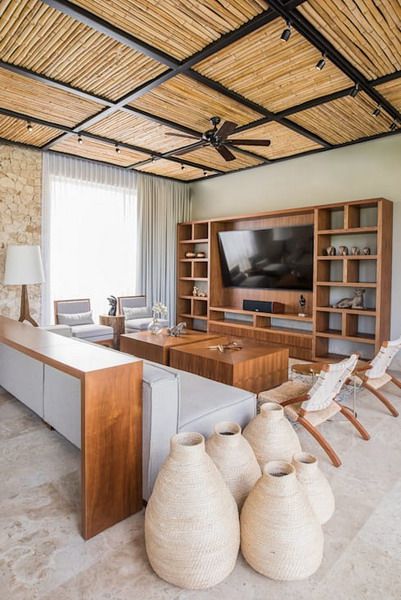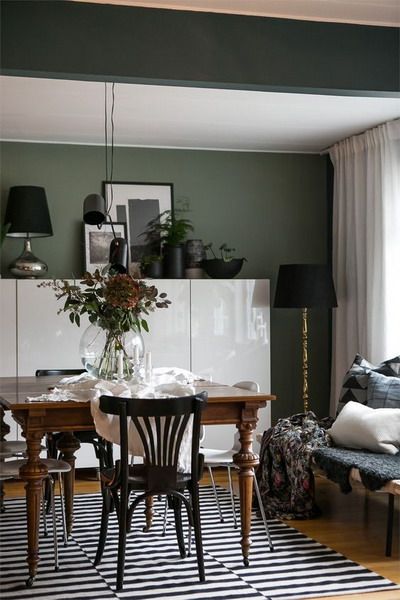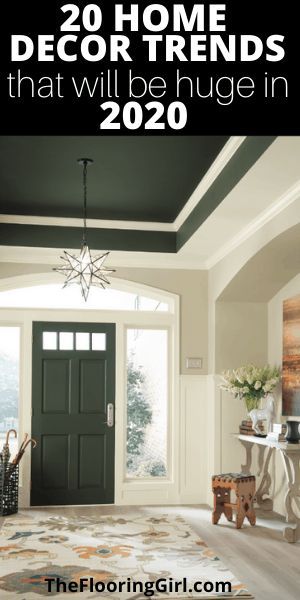Organic Mystery Infused with Natural Texture and Beauty
While 2019 brought with it the senses of the exotic, the refined and the structural, 2020 will be a year of combinations and contrasts. In 2020, the historical mixes with the contemporary (sometimes within the same object!) To provide interesting contrast and unique perspective.
Modern mingles with ancient
Modern shapes and forms in furniture and household decorations with antique prints, fabrics, patterns and photographs within or on surfaces offer both timelessness and relevance to objects that reflect a sense of history and context. Artifacts from the past are deconstructed and mixed to further deepen their significance and / or utilize their weight. Designers like Fornasetti and Jonathan Adler pave the way for this trend.
Science and art are both brought to the forefront, with equal importance and exploration. The summary creates stellar meta patterns and images that give life to impulse and child-like perceptions. The infinity possibilities, filtered through asymmetry of human interposition, provide stimulation that reflects the renaissance of the esoteric midst of faster technological development.
Balance and neutrality, naturalism and minimalism are all important themes, as nature and science are integrated into the progress of society. Think organic sources with clean lines and soft structures with contemporary details.
The colors are dramatic
In 2016, a number of exciting color trends take shape, as some of the muted tones and riotous fiesta shades of 2015 give way to a more sober, deep and / or mysterious atmospheric sensibility, with a hint of the natural and / or flowers created by combining dark neutrals with jewel tones and strong accent tones.
Mustard, cardboard or lemon and / or pastel pink or fuchsia as accent colors put their mark on manufacturers, designers and decorators alike. These bold colors immediately draw the eye’s attention to surprise or show off pieces and create a calm of whimsical or unexpected to an otherwise conventional or dramatic room.
The use of black and / or gray either as a primary hue or as a contrast color provides definition and contrast, especially with jewel tones (see below) and accent colors (see above) that can offset them. When using black on large areas such as walls (don’t be afraid to try this in larger spaces), try to use a slightly lighter shade like a black pearl or very dark gray to avoid overly dramatic or dark overtones. Another strategy is to use contrasting paints of the same color (or even slightly different shades) to break up large areas and give them structure. When using black for objects, be aware of usage patterns and the potential for wear or fingerprints to show.
The use of royal blue and sea green or aquarium jewel tones to offset black and dark grays is also on tap for 2016. These bold but consistent colors will further enhance outstanding art and decorative objects without dramatically differentiating between dark hues and super bright ones.
By transitioning from 2015, gold pieces continue to highlight survival and wealth that can be found as a framing of the organic, with metallic and brass surface treatments that provide structure and formality that play well with the earth’s plants and trees (see below).
Finally, navy blue is a consistent color choice among forecasters for 2020. With its ability to provide a dark alternative to black or dark gray, this steady standby tone can provide solidity and sobriety in a room or environment.
The material is organic
An escape from the cities awaits material, as inspiration from crafts such as needlework, knitting and weaving, block printing and woodworking is expected to give an organic feel to objects and decor. This continues a trend from 2019, but traditional craftsmanship and homespun folk music as opposed to raw building materials bring it back to old fashioned life, even in a modern environment. Comfort and natural, ecologically friendly life are stressed, while the hard edges and synthetic materials of artificial life are swept away. Think pillows, pillows, hand-knotted and / or deep pads, polished (as opposed to raw) natural wood furniture and outdoor parts.
Environmental awareness is important
Speaking of outdoor, 2020, environmental awareness will be greater than ever. One of the aspects of this is the attention to water as a valuable resource. Where it is feasible or attractive, the use of artificial trees and plants can enable homeowners to be both environmentally friendly and aesthetically conscious and improve their home in an environmentally friendly way. Artificial plants have in many cases been developed to be both economical and impossible to distinguish from the real thing, especially when looking from a distance. In some cases, artificial components are combined with the natural ones, such as when a real tree root or stalk is used with synthetic (but real) leaves, to trick the viewer into believing that the whole object is real.
Don’t forget that artificial foliage also requires temporary attention. Periodic dusting and / or adjustment of leaves can refresh them as much as a dose of water for the real thing.
Decorating your home in 2020 involves creativity, ingenuity and imagination. Many of the limited rules of home decor still apply, but never before has there been so much freedom to express your personality through contrasting colors, textures and accessories.
